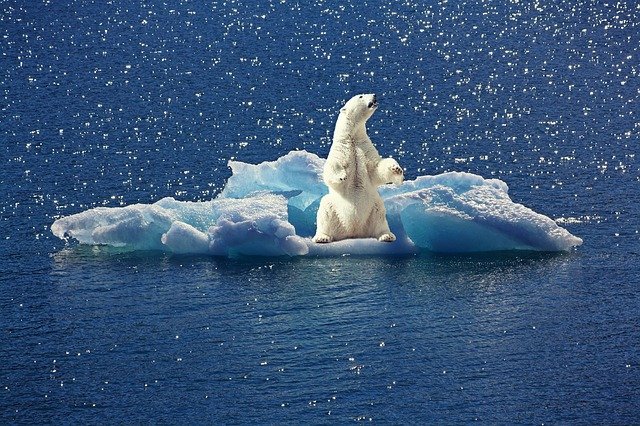
Did anyone happen to scroll past a news item this week about the latest PPM? If you only get news from the television networks you’ve likely not seen it yet even though this may be the most important development of the week, month, and year. What is a PPM you might be wondering? It’s an acronym that signifies a number that has huge implications for our life, and everyone else on the planet.
In the context of climate change Parts Per Million refers to the level of greenhouse gasses in our atmosphere at any given time. It’s a changing snapshot of how much atmospheric peril we humans have put ourselves in, largely unknowingly. At last reading on Hawaii’s Mauna Loa Observatory–the accepted benchmark for measuring the amount of carbon pollution, or heat-trapping gasses—we hit a record high of 421 ppm.
That number is only significant if one understands the context so here it is: when records of this indicator were first reported, in the late 1950s, there were about 315 ppm’s in the atmosphere. 350 parts per million is the level considered “safe” by climate scientists and we are now well behind that “not to exceed” marker (thus the name for 350.org, a climate activist group started by Bill McKibben).
So, what does this mean for humanity? Are we doomed? Condemned to endure ever harsher and more deadly extreme weather events? Well yes, but only IF we continue with business-as-usual practices when it comes to burning energy needed to fuel nearly 8-billion human lives.

While there are more efforts underway than ever to reduce our carbon emissions through waste reduction, inventing and utilizing new technology to reduce emissions, and a fevered race to come up with viable ways to suck carbon out of the atmosphere, the sobering reality is this: unless and until society, in the U.S. and around the world, makes this a higher priority – the highest priority – we will not meet the critical 2030 goal of reducing our carbon emissions by 50%. That failure will likely lock in two degrees of further warming which experts say would be catastrophic.
The really scary part comes from the feedback loop and cascading effects of a warming earth. Just like when people get a fever, the planet also has a tipping point that when surpassed, can threaten survival. While some of these outcomes are predictable; like melting glaciers allowing the sun to warm the water that was previously protected by sea ice, much is unknown. We are truly in uncharted territory.
Whether enough people know it or not, humanity is in a race to survive and any hopes for our offspring to thrive will be determined in the next few years and decades. If that doesn’t stop the presses news, I don’t know what is. And yet if I turn on CNN, MSNBC/NBC, CBS, ABC, I doubt they’ll be discussing the climate crisis.
The news networks have shown themselves to be laggards, not leaders when it comes to covering pressing environmental news. As followers (of each other) we’ve seen the “legacy channels” engage in long cycles of politics as the primary focus and beginning in 2020, the pandemic.
So, what will it take for the planet—our life support system– to get prime-time coverage? Maybe a record high level of ppms in our atmosphere. Or maybe not. But until and unless Mother Nature–our life support system—gets the focused and sustained attention of mainstream news media and the public, we can assume the changes urgently needed will not meet this epic challenge.
If there was a memo that went out saying we are giving up on the fight for a sustainable future – near and far-term – I missed it. And you likely did too so what are we waiting for? Let’s get started while there’s time.